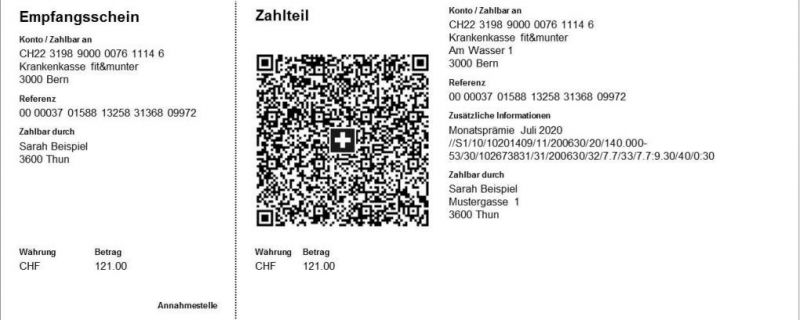Homeoffice ist für viele Schweizer zum neuen Alltag geworden. Und die Mehrheit der Bevölkerung findet Gefallen daran, wie eine Umfrage des Forschungsinstituts gfs.bern im Auftrag der Gewerkschaft Syndicom zeigt. Den Ergebnissen zufolge wünschen sich rund 80 Prozent der Schweizer, dass sie auch nach der Coronapandemie von zuhause aus arbeiten können. Knapp 90 Prozent der Befragten gaben an, Homeoffice solle von den Unternehmen zugelassen werden als Ergänzung zur Arbeit vor Ort. Nicht überraschend ist dass 49% finden die Arbeitsergonomie zuhause ist aktuell noch mangelhaft.
Die Zusammenfassung unter Netzwoche
According to a survey conducted by the gfs-berne-Research Institute on behalf of the Syndicom trade union, approximately 80% of the Swiss population would like to be able to work from home even after the Corona pandemic. Moreover, 90% of those surveyed believe that the home office should be approved by companies.
50% of the respondents find the ergonomics of their home working space as inadequate.
When it comes to home office productivity, the Swiss are divided, as a survey by Deloitte shows: 41% of respondents believe they are more productive at home, 25% think the opposite, while around 33% state that they see no difference.
I wonder how Home Office is accepted in other parts of the world. Read here the News York Times and BBC from the UK.
